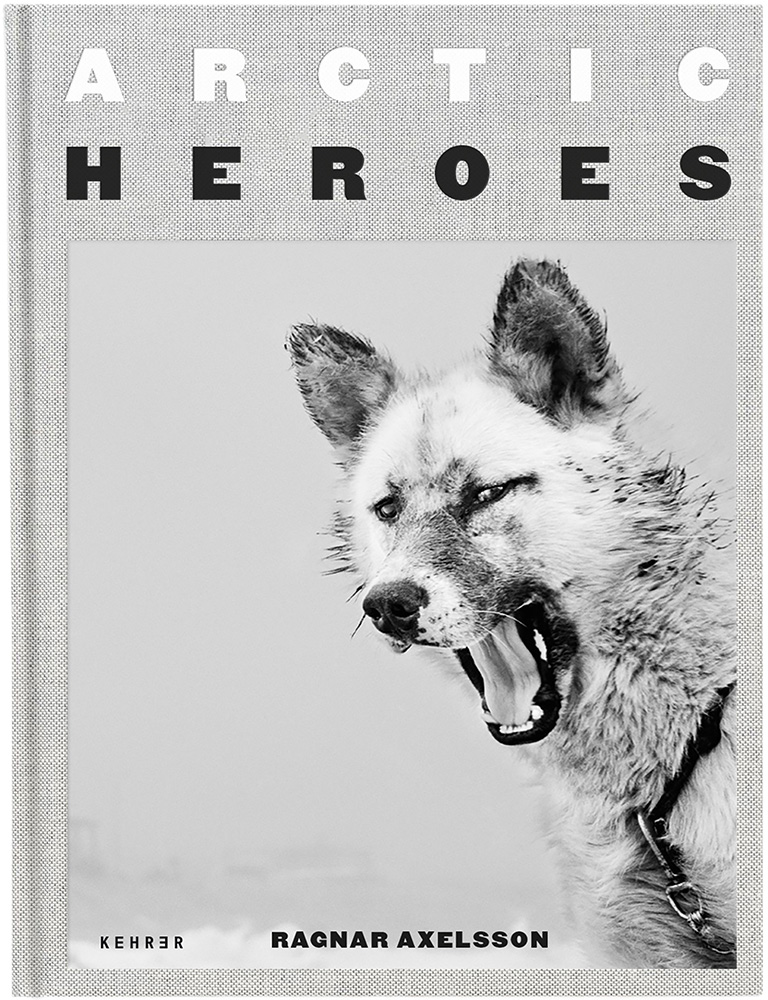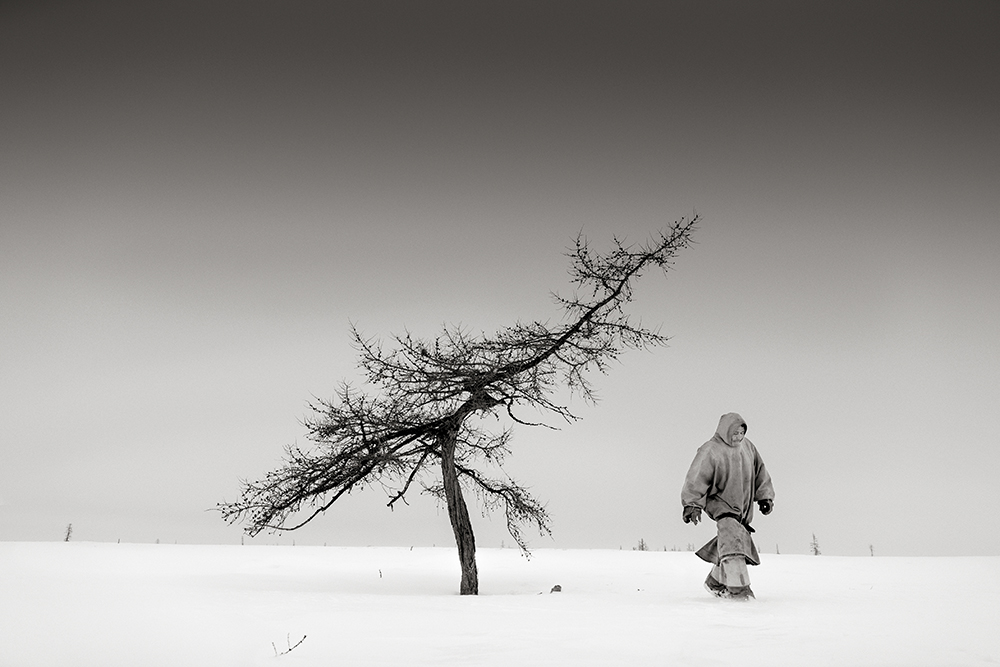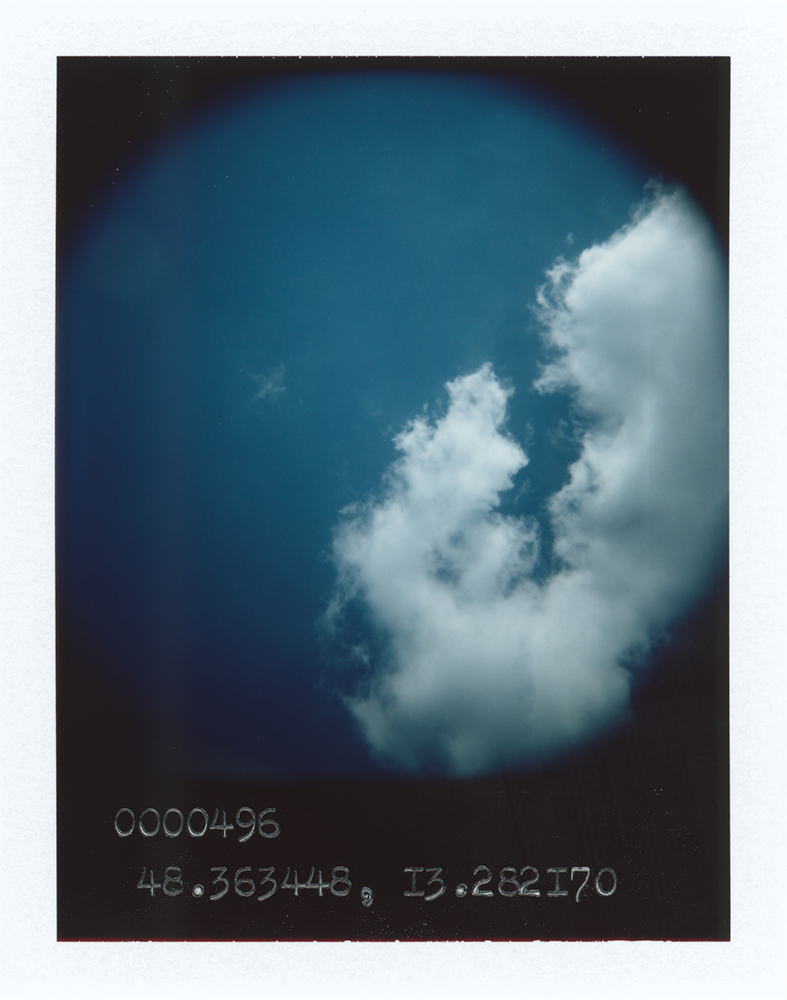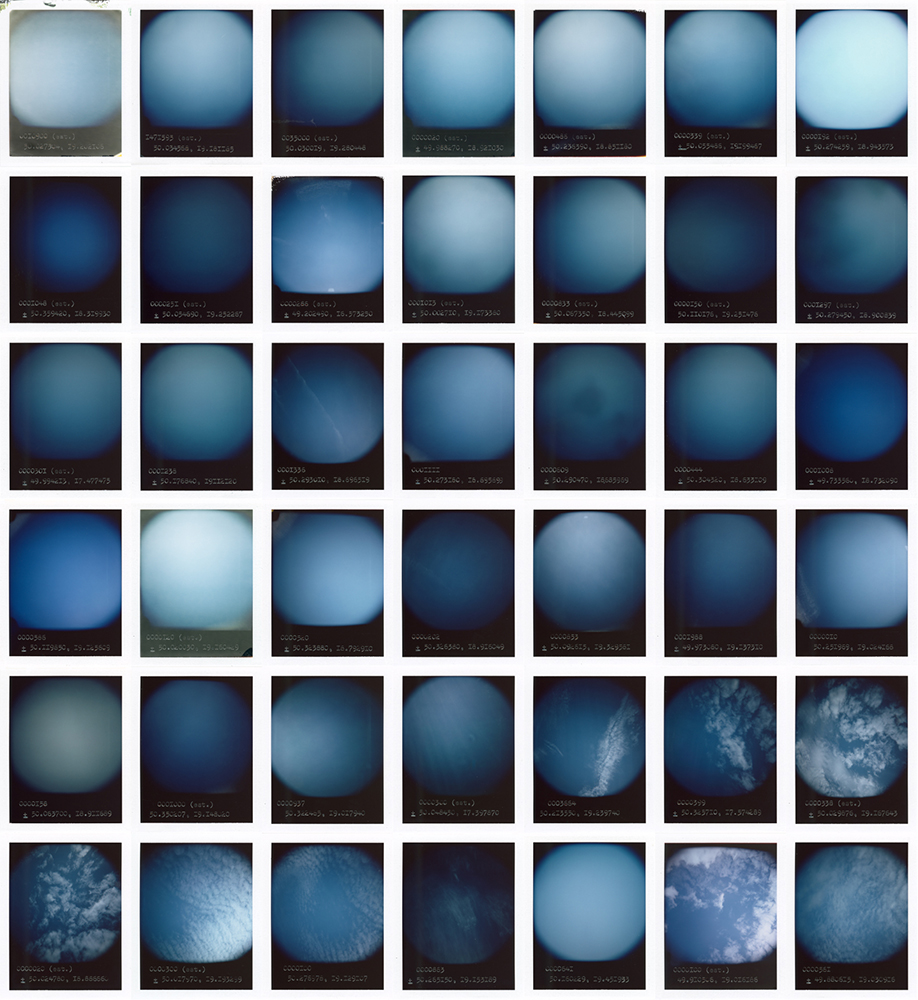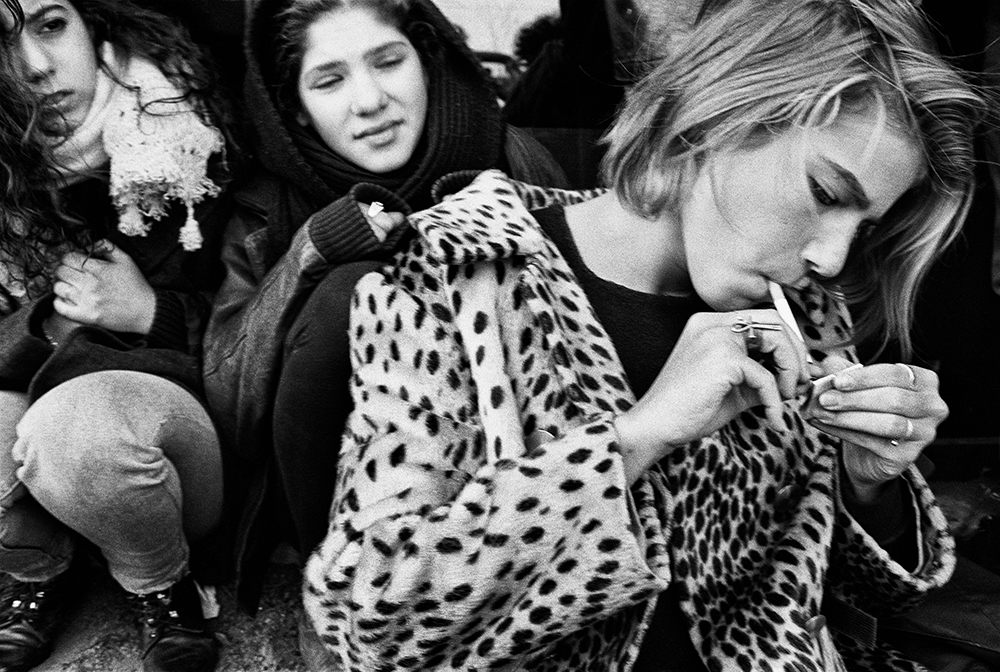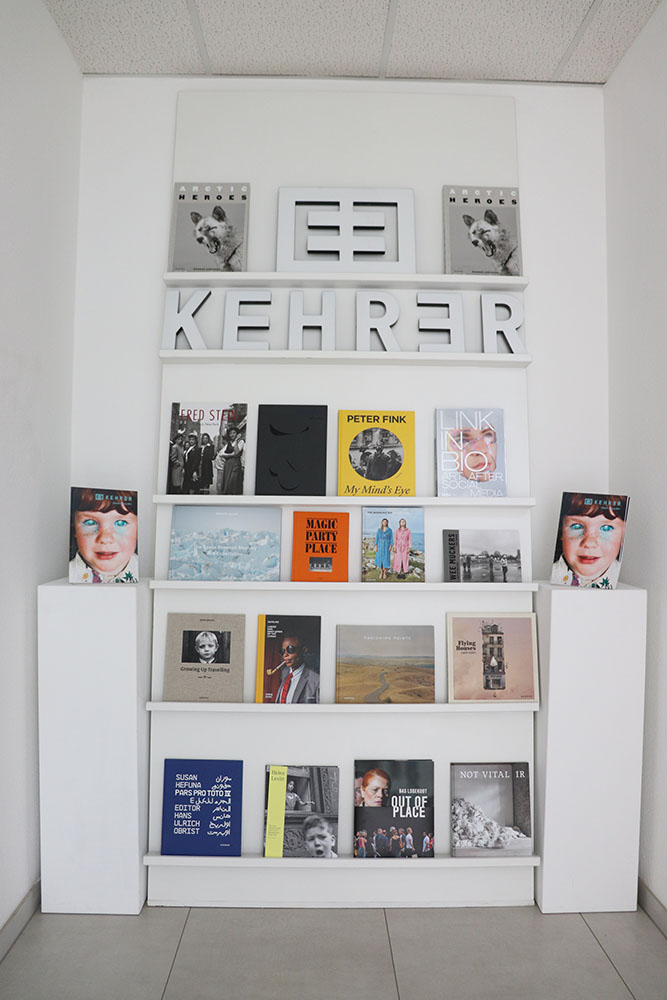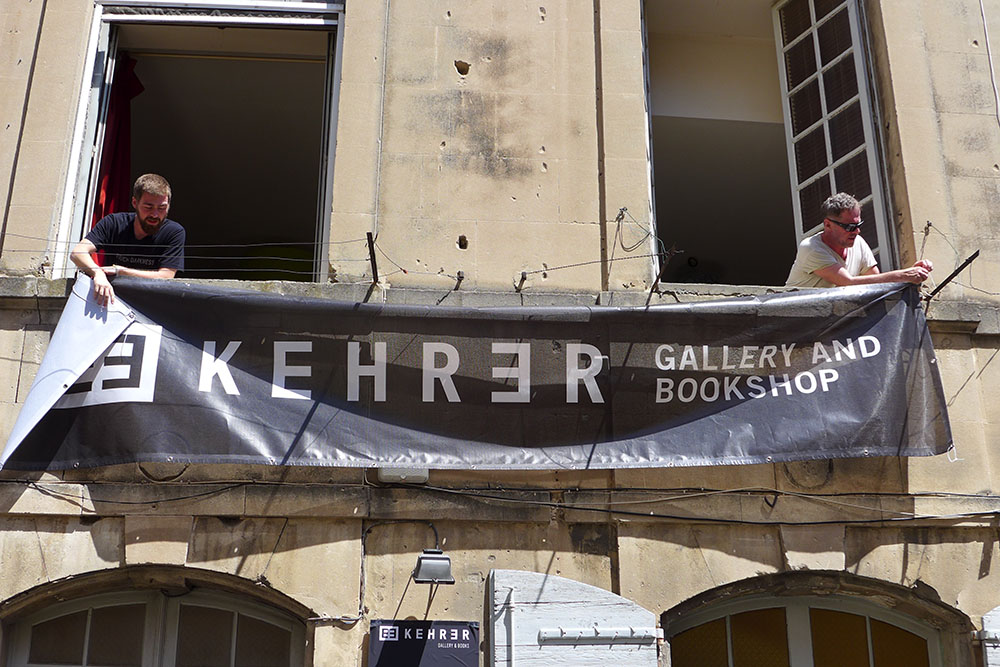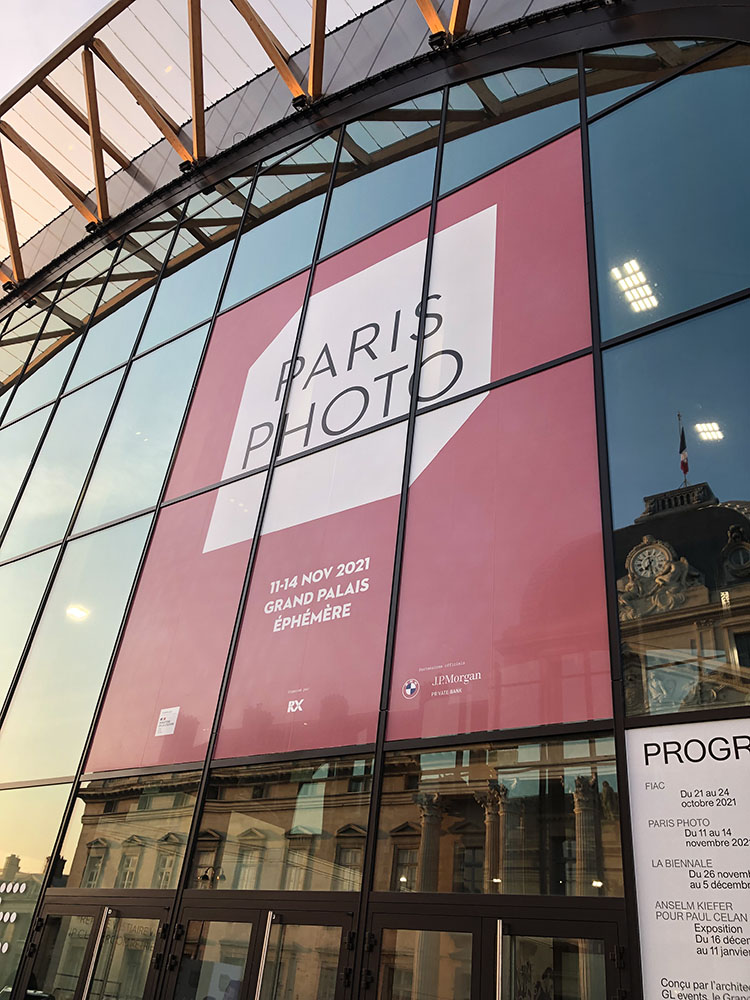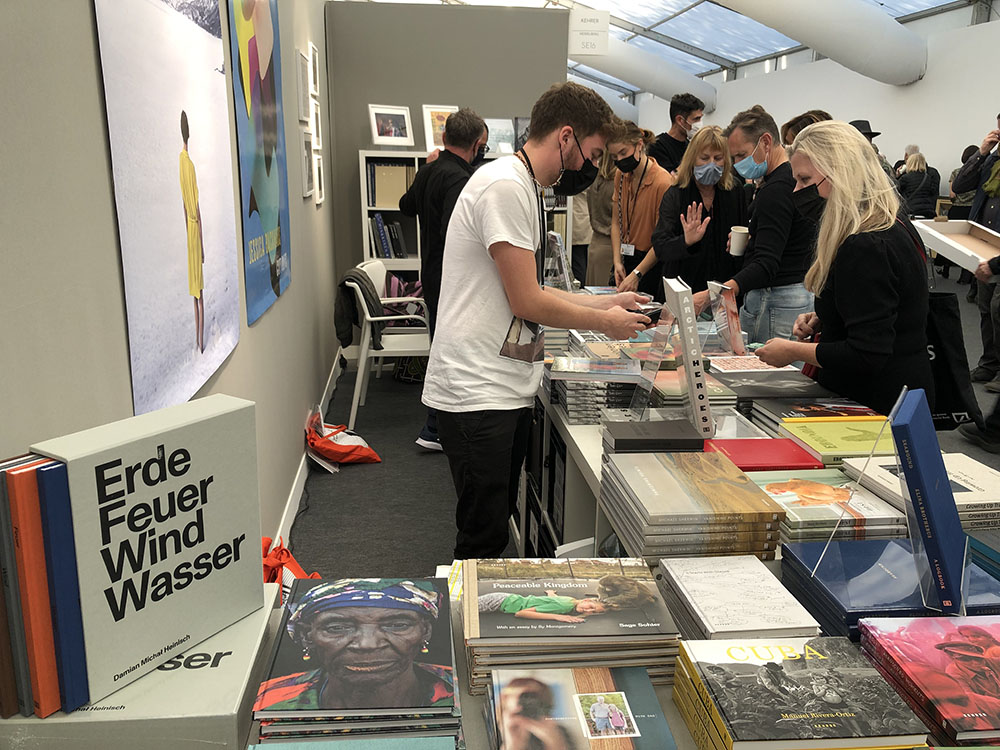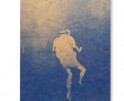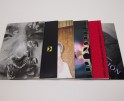Publisher’s Spotlight: Kehrer Verlag
This month is all about books on Lenscratch. In order to understand the contemporary photo book landscape, we are interviewing and celebrating significant photography book publishers, large and small, who are elevating photographs on the page through design and unique presentation. We are so grateful for the time and energies these publishers have extended to share their perspectives, missions, and most importantly, their books.
Kehrer Verlag is among the world’s leading publishers of photo books. Founded in 1995 by Klaus Kehrer, it is also one of the few independent publishing houses in Germany. In addition to photography, further focal points include contemporary art, art of the 17th through the 20th centuries, and international sound art. Over the years, numerous Kehrer publications have been nominated for and honored with international book awards. Under the same roof as the publishing house, the Kehrer Design team looks after the entire production chain of the publications. Each book is the unique result of close cooperation with the respective partners: photographers, artists, authors, museums, and cultural institutions. The connecting element is the high creative and technical quality of Made in Germany.
Today photographer Galina Kurlat interviews publisher Klaus Kehrer.
Follow Kehrer Verlag, on Instagram: @kehrerverlag
 What was the first book you published, and what did you learn from that experience?
What was the first book you published, and what did you learn from that experience?
The first photobook we published was titled “Celebrities”, an exhibition catalog featuring a collection of portraits of well-known artists, actors and musicians, photographed by internationally renowned photographers such as Richard Avedon or Annie Leibovitz.
One of the first photography books with a US photographer we greatly admire was “Detour” by Allen Frame (2001). It is a compilation of his photographs taken over a decade – an impressive selection of images. We learned so much from working with Allen in terms of his approach to photography, editing and life as such. We truly immersed ourselves in finding the right paper and materials for this project to make it even better, if that was possible. Plus, we simply had a wonderful personal rapport which is important for our work as a publisher.
What is your mission as a publisher?
To create perfectly crafted books that feature interesting and socially relevant topics in an individual form.
How big is your organization?
Like other publishers, we work with a number of experienced freelancers, but our core team, including Kehrer Design, counts twelve people plus interns.
What are the difficulties that publishers face?
As always in the fields of arts and culture: money is an issue. To maintain a high level of quality for each book while returns from sales usually don’t pay off is difficult. Together with the photographer, we try to work out what the options are, in terms of contributing to the production of the book. While the constant hustle for funds is lamentable, it also offers a certain freedom. – The freedom of choice. The topics and books we publish don’t necessarily need to pay the bills entirely based on sales. This is why we can be selective about what to publish. Our publications don’t need to focus on a broad audience and sell 5.000+ copies on the market. Of course, it’s nice when sales are exceeding our expectations, though, like it happened with publications on Sarah Moon or Saul Leiter, for example.
Are there any publishing projects that have been particular meaningful to you?
The moment you work on a publication, it is automatically the most meaningful book to you. After 26 years in publishing, we can look back on about over 1.000 titles and of course it seems difficult if not unfair to name just a few personal favorites. From the past year, I’d say “1078 Blue Skies / 4432 Days”, a conceptual project by Belgian photographer Anton Kusters, is such a body of work. It shows blue skies over former Nazi concentration camps and is therefore an important contribution to dealing with our history. “Between Girls” by Karen Marshall is also close to my heart. She sensitively documented the friendship of a group of teenage girls in New York for about 30 years, which truly speaks for her commitment as a photographer. But also topics with a different focus are amongst my favorites such as “Arctic Heroes” by Ragnar Axelsson, a portrait of sled dogs in Greenland. whose everyday survival is threatened by global warming.
What upcoming projects are you excited about?
For the first time, we are presenting the life’s work of the Indian photojournalist and Pulitzer Prize winner Danish Siddiqui, who was killed in Afghanistan in the summer of 2021, in a comprehensive photobook published in collaboration with his press agency Reuters.
(For more information see: https://www.reuters.com/investigates/section/danish-siddiqui/)
To coincide with the first major retrospective of our photographer Ragnar Axelsson in Munich, a book will be published featuring all his major photo series on climate change in the northern hemisphere.
Shamefully topical is Bob Newman’s photo project in memory of Emmett Till, the14-year-old black youth who was murdered for racist motives in Mississippi in 1955.
And finally, Rachel Papo’s work about how hard the first year of motherhood can be for some women: “It’s been Pouring”. She currently has a solo show at Bluesky Gallery / Portland with this particular body of work.
How many books do you publish a year, and how do you choose which projects to publish? Do you have a specific focus?
At the moment, we are publishing about 35-40 books per year. As for our choices: First of all, it should be a substantial, unpublished photographic book project. Concept and realization have to be convincing and it should be a good addition to the publishing program. This decision can’t be pinned down to a certain set of rules, there is also the component of instinctively knowing whether this particular project needs to be published by us.
Kehrer Verlag has a broad range of topics, but we are certainly known for our books dealing with challenging issues about society, gender and living as humans in our rapidly changing world.
How can an artist get their work in front of you?
Like other publishers, we are open to online submissions, but we also receive recommendations from curators and of course we discover new projects at portfolio reviews, online competitions and at international festivals and fairs.
Do you have any advice for photographers?
In terms of book publishing: Find out what kind of audience you want for your project. Look at as many photo books as possible – self-published and conventionally published and distributed. Don’t hesitate to show your project to curators, publishers, colleagues, self-publishers, and get their opinions. Be open to constructive feedback, but also pay attention to your own gut feeling and allow the project to grow over time.
What is the typical timeline of a project, from the beginning to the finished product?
This can differ a great deal. If the stars align, we can produce a book within three months, but sometimes a collaboration may stretch over a couple of years until every issue is settled and the photographer feels the project is ready to become a book.
How collaborative is the design process with the artist?
We are very attentive towards the input and ideas of the artist and feel that a good book is always the result of a close collaboration.
How is the financial side of the project structured between publisher and artist? Does the artist contribute to production cost?
See above
What support do you give artists in terms of marketing or distribution? Do you attend book fairs?
We have a huge international distribution system but also work intently on our social media presence. Fairs that are explicitly dedicated to (all types of) books have become less significant for us in the past years. We rather maintain a strong presence at events that are dedicated to photography and to photo books specifically, such as Paris Photo, Photo London or Les Rencontres d’Arles.
Posts on Lenscratch may not be reproduced without the permission of the Lenscratch staff and the photographer.
Recommended
-
Publisher’s Spotlight: Smog PressJanuary 3rd, 2024
-
Publisher’s Spotlight: Kult BooksNovember 10th, 2023
-
Publisher’s Spotlight: ‘cademy BooksJune 25th, 2023
-
Publisher’s Spotlight: Brown Owl PressDecember 10th, 2022
-
Publisher’s Spotlight: DOOKSSeptember 26th, 2022

